Toyota: Synthetic and biofuels aren’t just for racing
Formula E, the all-electric racing series, has its fans. But to many of us, racing without the noise of the engines—and we’re talking internal combustion—is like watching C-SPAN with the sound off.
In that spirit, you might be interested to learn that in Japan, there’s a road-racing series called Super Taikyu, and within Super Taikyu, a class named ST-Q, which is for manufacturers to try out experimental technology on the track.
At the start of last season, Toyota began racing a pair of Corollas that burn synthetic fuel. Only those two cars were competing in the class late in the year, but that number swelled to five with the addition of a Mazda Demio, a Subaru BRZ, and a Toyota GR86.
We might be witnessing the future of racing. Or, potentially, the future of the internal combustion engine in general.
Subaru’s BRZ has the production model’s 2.4-liter boxer four-cylinder engine, while the GR86 has a 1.4-liter turbocharged engine based on the GR Corolla’s 300-horsepower three-cylinder.
(Yes, the GR Corolla’s engine fits in the Toyota GR86, and according to an Australian website, Toyota Gazoo Racing’s chief engineer Naoyuki Sakamoto said, “Yes, we are thinking for the future about the possibility of using it [in a production model], but there are no concrete plans at the moment.”)
All five cars and the three manufacturers are experimenting with synthetic fuel which, if successful, could be a way to keep racing with internal-combustion going well into the 2030s.

Formula 1, for instance, has pledged to use a synthetic sustainable fuel starting in 2026, the same year a new hybrid powerplant debuts. Porsche has even indicated it would consider returning to F1 if these alternative fuels are implemented. Synthetic fuels are manufactured by an industrial process, and engines using it should only produce an amount of carbon equal to the carbon taken out of the atmosphere to make it. Hence the term “carbon-neutral.” Net zero is the balance between the amount of greenhouse gas produced and the amount removed from the atmosphere. You hit net zero when the amount we add is no more than the amount taken away.
Formula 1 is expected to be carbon-neutral until perhaps 2030; that’s the year F1 plans to be net zero. Carbon-neutral fuels are already being used in the World Rally Championship and the World Endurance Championship.
“We are not just conducting this activity for racing,” a Team Toyota spokesperson told Hagerty, through an interpreter. “Both hydrogen engines and carbon neutral fuel are part of our development activities to offer a variety of options to our customers in order to realize a carbon neutral society.”
The fuels being used by the Toyota team vary. “In general, there are various types of carbon neutral fuels, including biofuels and synthetic fuels, but this synthetic fuel used in GR86 is made from renewable raw materials such as biomass waste, renewable energy, and recaptured carbon dioxide.”
And how has it been working? So far, so good. “We would call it a success so far. One of the main purposes of our racing participation is to run our vehicles in the harsh environment of a race, discover issues, and evolve them at a faster pace than normal vehicle development at the race level.
“We have been making improvements in every race so far, and we believe that we are able to continue to evolve because we are driving our vehicles in races. At the same time, one of our goals is to raise awareness of the potential of hydrogen and carbon-neutral fuel. From this point of view, it is only by running our cars in races that we are able to make people aware of the possibilities of hydrogen and CN fuel. Subaru is also participating in the same class, and while competing in the race, we are able to speed up our evolution by sharing information, especially in the area of CN fuel.”
Despite these different engines in the GR86 and the Subaru BRZ, both cars use fuels from a European manufacturer that also supplies synthetic fuels for the WRC. (The Mazda Demio is using a separate biofuel.) The best part: No major changes are required with the powerplants.
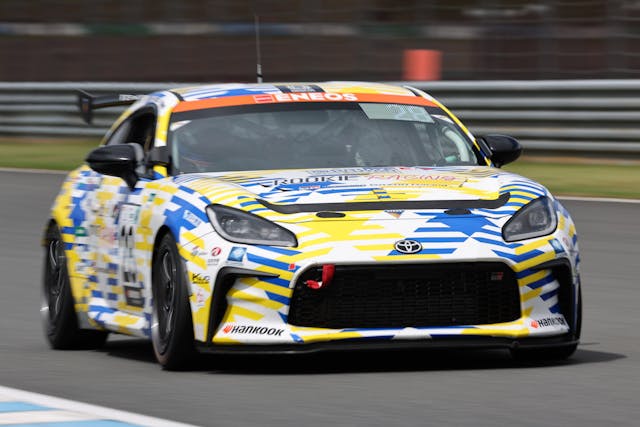
Teru Ogawa, Project General Manager of GR Powertrain Development, who is in charge of developing carbon-neutral fuel engines, told an internal Toyota publication that the “engine hardware hasn’t changed at all—it’s just like a regular gasoline engine. Similarly, for control aspects such as ignition and injection timing, we’ve made changes within the scope of conventional engines.”
The race drivers, too, say the cars feel exactly the same as they do on gasoline.
One issue, when competing against gasoline-powered cars, is fuel efficiency. But that has improved, said GR Vehicle Development Division General Manager Tomoya Takahashi. “Whereas last year at Suzuka we did eight laps on a full tank, now we can run ten.” Refueling time has also dropped from almost two minutes to 90 seconds.
Next season, assuming the sanctioning body approves the switch, the Corollas plan to run on liquified hydrogen gas. The good news is that would presumably increase range and power. The bad news is liquid hydrogen has to be stored at -423 degrees Fahrenheit to remain liquified. “We can’t use liquefied hydrogen without having all the pieces in place—the car, infrastructure, and legislation,” said Takahashi. “I hope we can get all three ready at some point this season.”
Another major hurdle to overcome: The alternative fuels are expensive, especially in Japan. “The current fuel is still a work in progress,” said Ogawa. “We are figuring out how to make it cheaper and use existing technology and production facilities with minimal changes. We’ll work with fuel manufacturers to develop low-cost products and setups that make use of existing engines as much as possible.”
Check out the Hagerty Media homepage so you don’t miss a single story, or better yet, bookmark us.
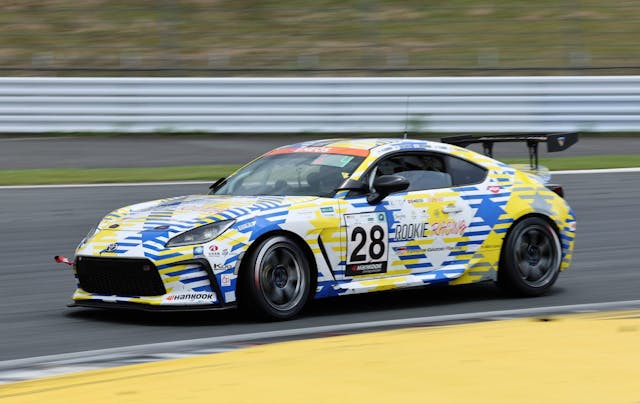

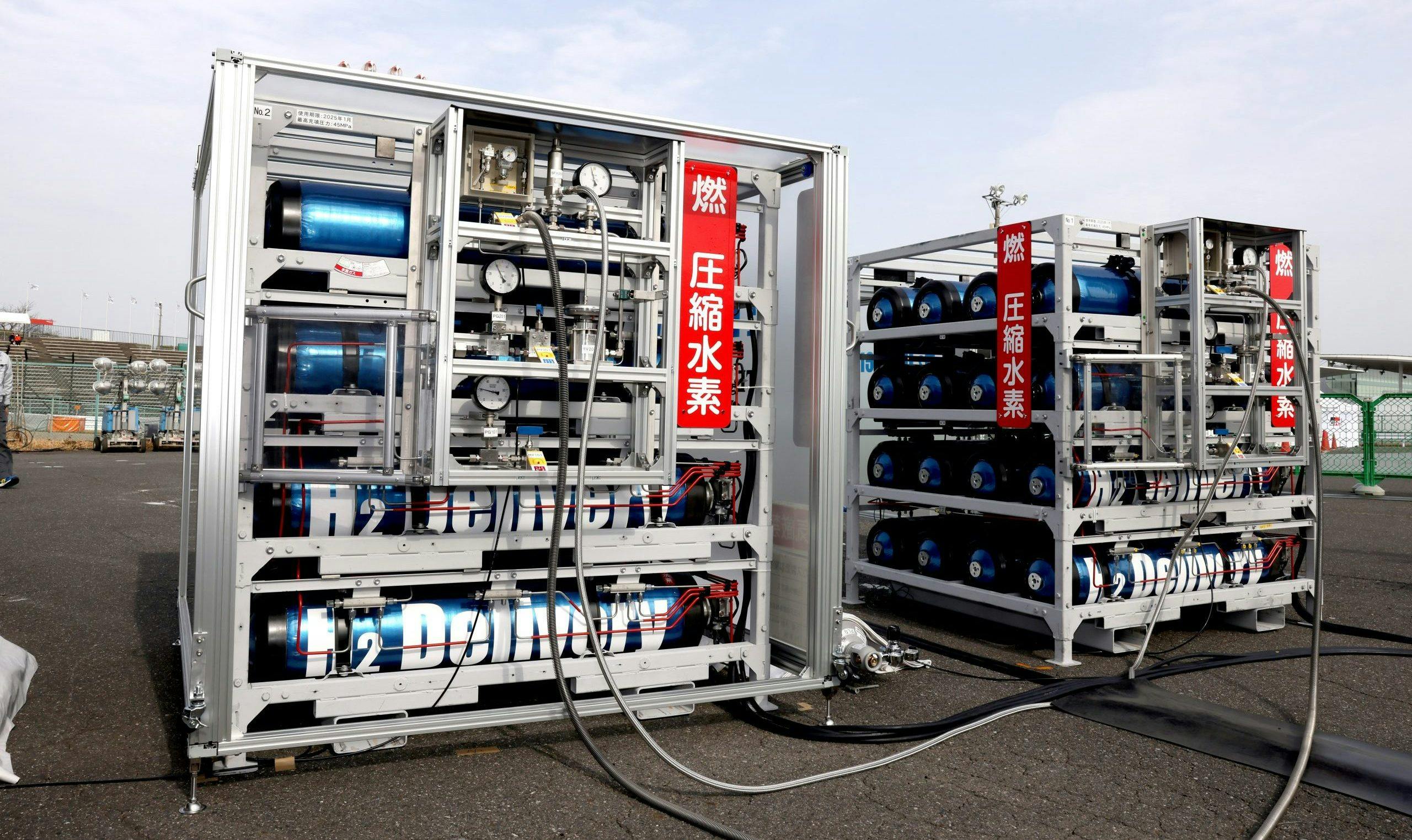
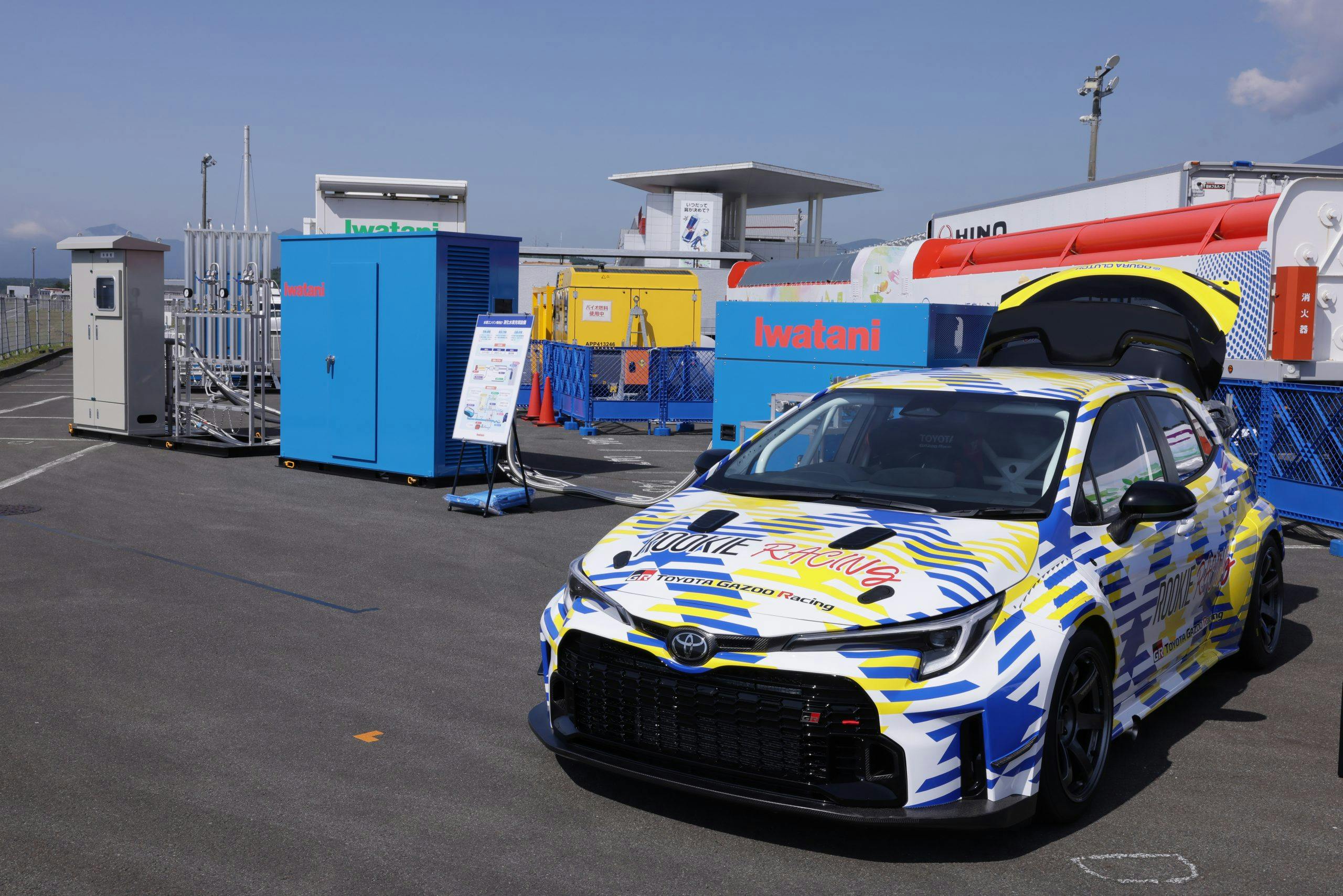
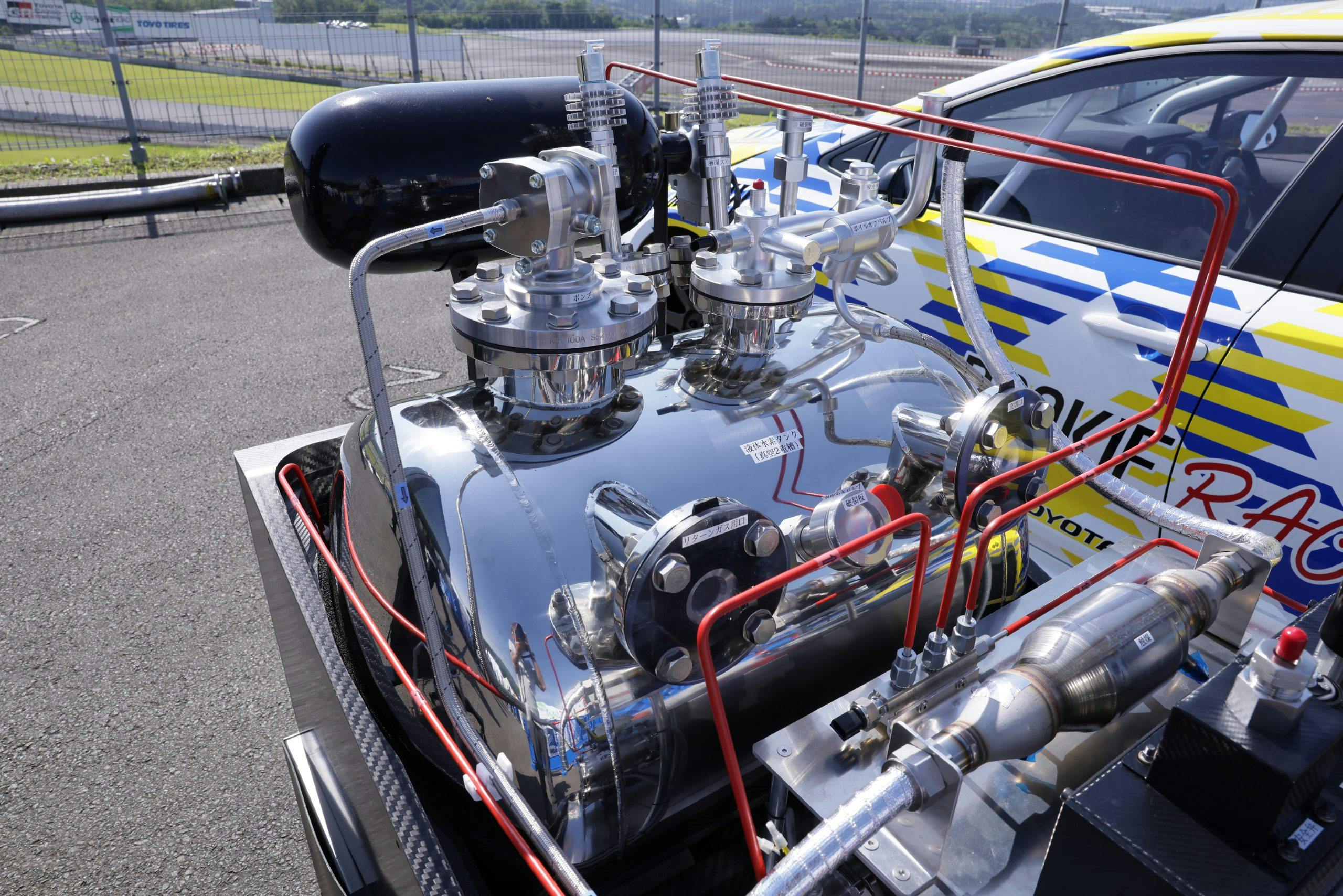


There is still much to do here. Cost and complexity are two major issues.
This is still far from the simple solution.
Thanks Steve Smith and Hagerty for the above promise. We shouldn’t forget that research in cleaner synfuel for our internal combustion engines continues–even century-old examples occasionally driven, not rotting in museums and private collections.
I wish Toyota and all of us the best of luck on this.